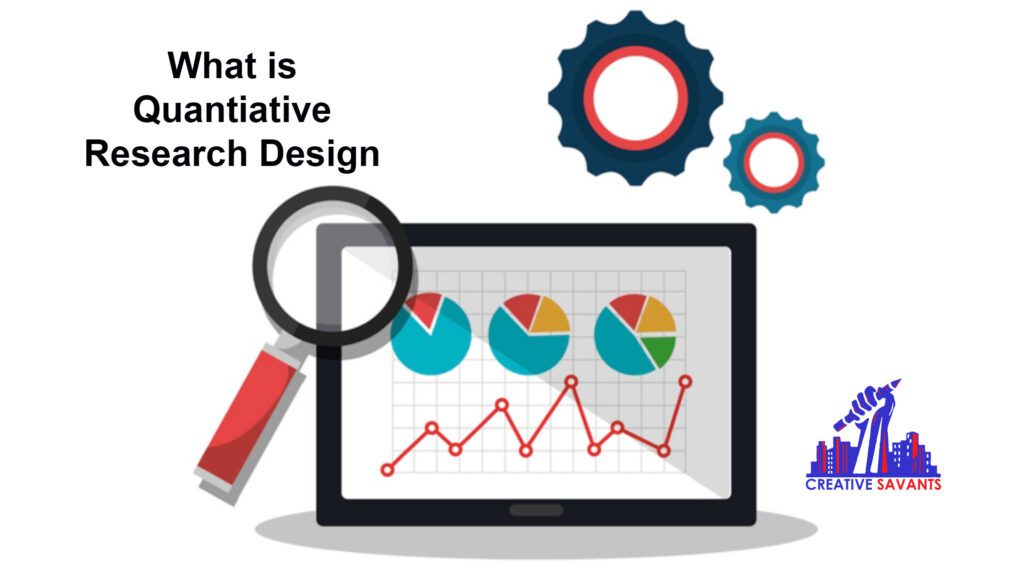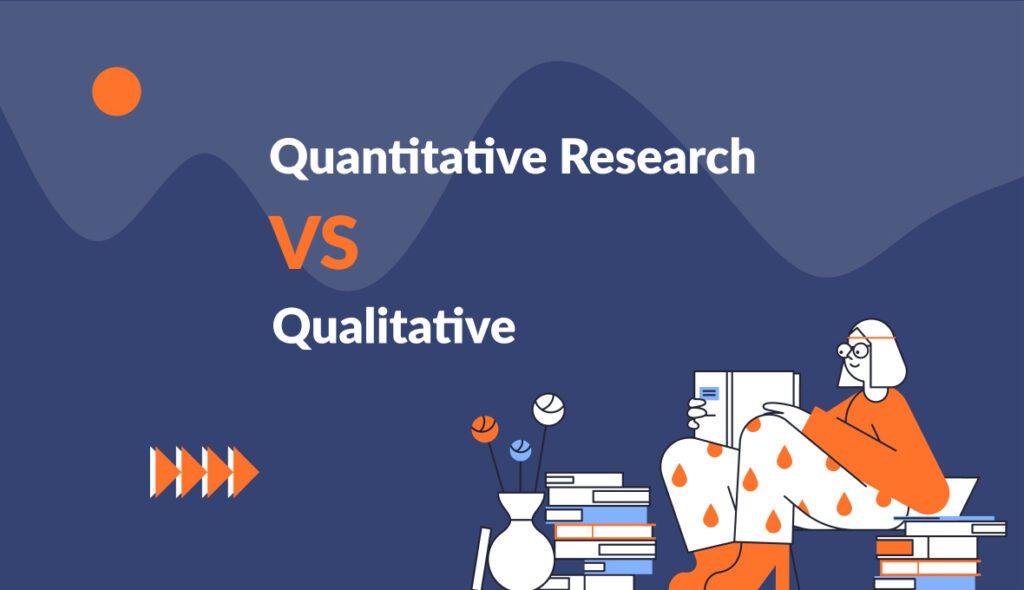Qualitative research focuses on a more humanistic approach based on words and meanings. On the contrary, quantitative research is more factual and relies on numbers and graphs.
Qualitative Research
Qualitative research is primarily a non-numerical, social science research conducted to interpret the underlying meanings, opinions and reasons that are the framework of social life.
It generates descriptive data, as it focuses on everyday life and people’s experiences. You must then interpret this data by analysis of themes and trends.

When to Use Qualitative Research?
Qualitative methods are used when the data is not amenable to measuring or counting. This approach answers to questions about perspective and meaning, directly from the participant’s experience.
Qualitative research technique involves analysis of documents and texts, such as media articles, websites, diaries, semi-structured interviews for background information, or in-depth interviews to understand an experience from a personal perspective.
For example, quantitative research can explain the relation between two variables, like crime and literacy. However, the reason why this relation exists is explained by qualitative approach only, as it reaches directly to the source i.e. people.
Methods for Qualitative Data Gathering
Some of the basic methods used for qualitative data gathering are listed below:
- Direct observation: Studying people without making yourself known, most preferably in public settings.
- Open-ended surveys: Includes descriptive questions in surveys like why, when and how?
- Focus groups: Brainstorming sessions between a small group of participants where they discuss the research question.
- In-depth interviews: One-on-one conversations between the researcher and the participant.
- Secondary research: Collecting existing data on similar topic which will assist in your research.
Qualitative Research Approaches
Qualitative research is categorized in 5 different groups. The methods used for all 5 groups are similar, however the difference lies in aim of the study.
- Ethnography: Completely immerse yourselves in customs and cultures of target participants.
- Narrative: Collect documents and stories from the participants and use them to interpret their individual experiences and challenges.
- Phenomenological: Describe a phenomenon or an event, experienced by the participants, with the help of data collected through various in-depth interviews.
- Grounded theory: Use interviews and existing data to inductively develop a theory.
- Case-study: A deep understanding of an organization, entity, individual or event through extensive data sources.
Characteristics of Qualitative Research Design
Analysis of Qualitative Data
Analysis of data is a fairly simple affair if the previous steps are done efficiently. Data, in the case of qualitative research consists of observation notes, videos, interview transcripts, etc. Analysis mainly involves the following steps:
- Data preparation: Screening and assembling the data in an organized manner.
- Data review: Understanding huge chunks of raw data, hence, reducing its volume.
- Coding: Identifying the patterns and categorizing the raw information using labels and codes.
- Summarize the data: Link the patterns and codes to research aim and objectives or hypothesis.
Significance of Qualitative Research
Qualitative research has certain merits and demerits.
Merits:
- Provides broad knowledge of attributes, behaviors, social events and interactions of daily life.
- Cost efficient research method.
- Flexible towards the research environment.
- Study conducted in natural settings.
Demerits:
- Unreliable, as it depends on various uncontrolled factors
- Due to its limited scope, it cannot be widely generalized
- Research can be biased as the researcher has the primary role in this research method
Quantitative Research
Quantitative research can be defined as the type of social research that uses numerical explanation of observations. The data collected is analyzed using empirical methods.
It involves the collection of quantifiable data and then using computational, statistical and mathematical techniques to make empirical statements.

When to Use Quantitative Methods?
Quantitative methods factually explain the relationships between two variables, dependent and independent, in a large-scale study population.
These, objective and elaborate quantitative methods are used in social sciences like psychology, biology, physics etc.
Quantitative Methods of Research
The three main types of quantitative research are
- Descriptive research: The researcher collects the data and use it to describe the current status of the variable understudy.
- Correlational research: Statistical data is used to determine the pattern and the extent of relationship between two established variables.
- Experimental research: The use of scientific method to study a cause and effect relationship between two variables in a study.
Analysis of Quantitative Data
The data analysis of most social researches consists of three steps;
- Data preparation: Involves screening and logging of data, investigating to get a better understanding and to get an organized arrangement for data analysis.
- Descriptive statistics: Describing the data using simple numerical and graphic statistics. It is simply explaining what the data shows.
- Inferential statistics: The interpretation of statistical data to make generalized statements and to link them with developed hypothesis.
Significance of Quantitative Research
Strengths of quantitative research methods are:
- Reliable and accurate: As the data consists of numbers, so it gives an honest picture of the research conducted.
- Easy data collection: Data is collected via surveys that are direct, specific and gather information quickly in statistical manner.
- Unbiased approach: The researcher is not personally involved so it does not involve any bias.
- Large samples: The research can be conducted on large sample sizes and produce accurate results.
Demerits of quantitative research can be listed as:
- Unnatural settings: The use of unnatural settings make the quantitative research methods lose the cultural and historical context.
- False representation: Structural bias can occur because the questions developed by the researcher are standard, so the data reflects their view instead of the participant’s.
What is the Difference between Quantitative and Qualitative data?
The difference between quantitative and qualitative data lies in the fact that quantitative research collects numerical data based on facts and figures whereas qualitative research is descriptive, depending on ideas, cultures and observation.
| Quantitative research | Qualitative research |
| · Uses numbers and graphs for expression
· Analyzed through mathematical and graphical methods · Formulated hypothesis and theories are tested · Closed, specific questioning · Can be conducted on large scale |
· Mainly expressed verbally
· Mainly analyzed by interpretation, categorization and summarization · Focuses on developing a theory or hypothesis · Open-ended, descriptive questions · Conducted on a few respondents |
Quantitative vs Qualitative Research
The comparison of quantitative and qualitative research can be done in many aspects.
Quantitative research |
Qualitative research |
| Data collection methods | |
| · Quantitative data is collected through surveys, experimentation and observation | · Qualitative data is collected through interviews, focus groups, ethnography and by literature review |
| When to use quantitative vs. qualitative research | |
| · Quantitative research is used for confirming or testing a well-established statement or hypothesis | · Qualitative research is used for understanding or explaining something like thoughts, experiences and concepts |
| How to analyze quantitative and qualitative data | |
| · Mathematical or statistical methods are used to analyze quantitative data. Results are generally presented in the form or tables and graphs | · Qualitative data consists of images, texts, videos etc., which are then closely examined to identify patterns and themes |

